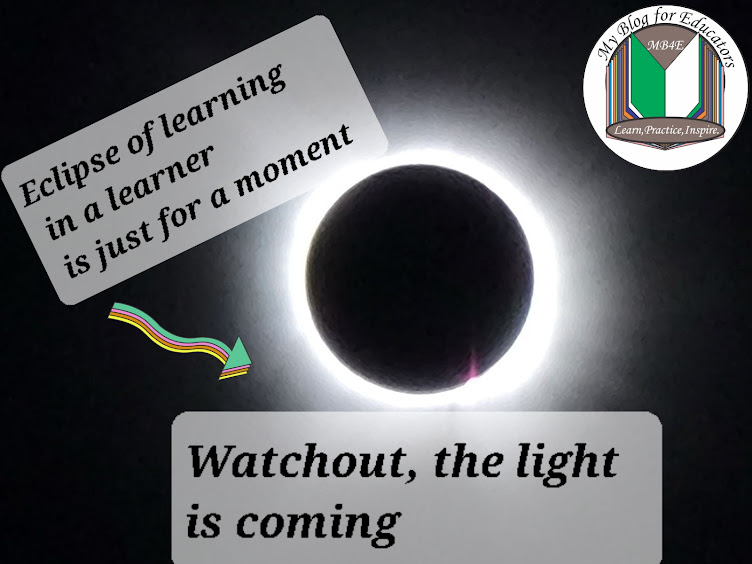Lesson structure
These are clear steps
that need to be achieved in a lesson. Yes, flexibility is allowed but we must ensure
we don’t go off the teaching and learning norms just for the sake of
flexibility.
What is then a lesson
structure? The structure showcases the steps to be followed and achieved in a
lesson. It is the pattern through which a lesson is effectively delivered.
A good lesson structure
must involve learning engagement, expectations, and positive outcomes because
learners will be constructing meaning.
Features of a good lesson structure
The picture above shows the possible practices that can be found in a
lesson structure. A teacher must set up an engaging atmosphere before the learners
arrive in the classroom. The date must be displayed. It is important
Welcoming learners into our classrooms is an
important teaching aspect. This should be done with positive verbal and non-verbal expressions. A
warm welcome enables our learners to settle with a positive start. Avoid mean
faces because they scare away our learners and might introduce fear in them. Making
learners feel welcome communicates acceptance and safety. The first impression
matters.
Introduction of the Lesson- The way a lesson is introduced has a significant
impact on the learning process and outcome. A proper lesson introduction sets
the right learning tone and ushers learners into the topic with an engaging
spirit. With lesson introduction, learners' attention is brought to the date,
topic of the lesson, objectives, and starter.
Communicate the importance of the objectives and how useful they can be
to the learners in the real-life context. Talk about the topic and refer to the
previous one. Using starters can be of great help to trigger their curiosities.
It can be used to introduce a new topic, recap, or draw attention to the
previous topic. Videos (audio-visual) pictures, diagrams, and images, can be
used in the introduction section. All these help to form a talking point where
learners share their opinions and ideas.
Class discussion can also form an interesting introduction point. It
promotes critical thinking skills as learners discuss and delve into the topic
of the day tremendously. Short questions can be used to generate discussion. Giving
learners a reference text to read is also a meaningful way to generate
discussion. This can be in their textbook and from a credible resource online
related to the topic.
Depending on the subject and the topic, these are always great ways to
introduce your lesson to the point of meaningful engagement and learning, Find
out what positively works.
Give the learners a task. Task(s) are important aspects of teaching and
learning. How will they know unless they practice? Give them work to do. Never
mind, they are human beings, they have brains that can think. Avoid the
temptation of loading them with content so that you can finish your lesson as
fast as possible. Remember, the goal is for authentic learning to be achieved.
As you give them a task, endeavour to display the rubrics, let them know what
to do, and the learning expectation. They also need to understand the criteria
for assessment.
You are the teacher, you know the best task that fits your lesson but
ensure they are capable of promoting critical thinking skills. Ensure you move around
as learners perform their tasks. Maintain discipline. Allow time for critical
thinking. This is crucial.
Work assessment- The task must be assessed. It can be an individual
assessment, peer assessment, or teacher assessment- whichever. Ensure that
assessment criteria are clearly stated in the rubrics.
Feedback – This is an essential tool. With feedback, you are telling the learner
that you have read and understood his or her work. You are celebrating the
areas where great strengths were shown and at the same time ready to support
and help him or her improve in the weak areas. It is like a soothing balm. An
energizer. With constructive feedback, learners are empowered to be lifelong
learners






No comments:
Post a Comment